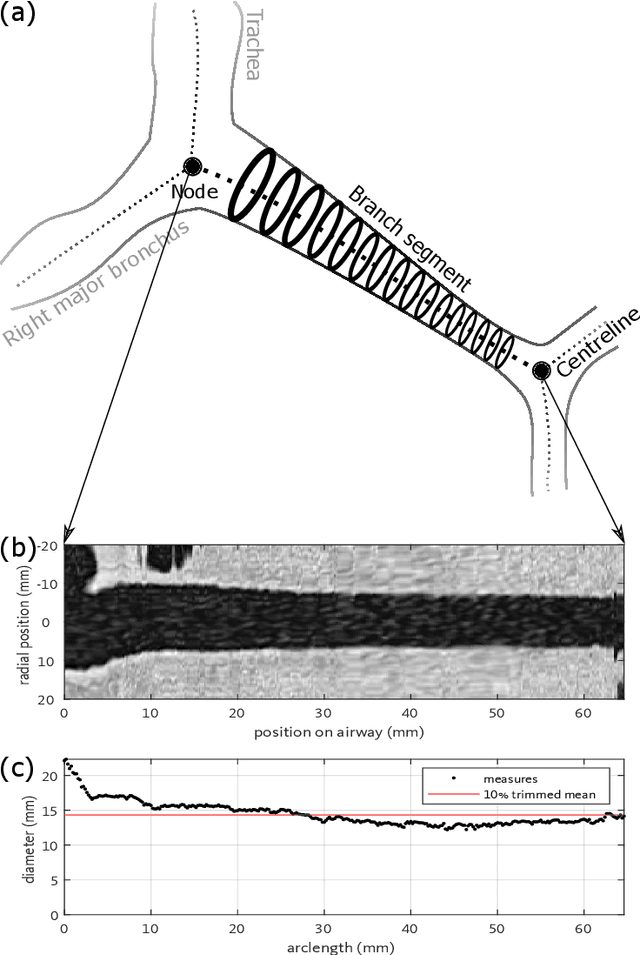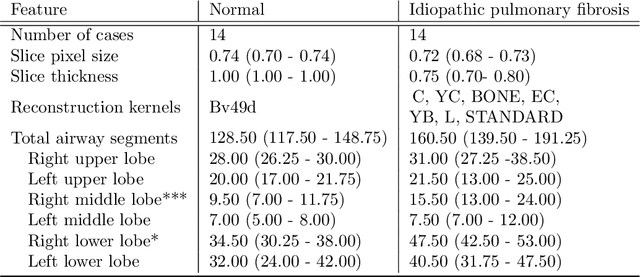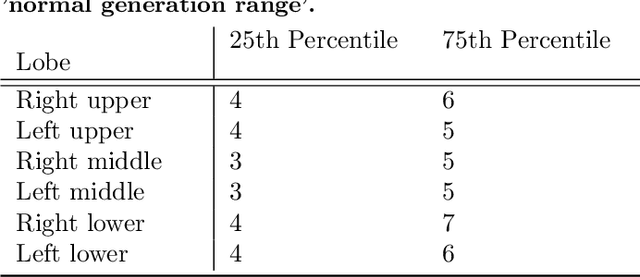Peter Wijeratne
How Should We Evaluate Uncertainty in Accelerated MRI Reconstruction?
Mar 13, 2025Abstract:Reconstructing accelerated MRI is an ill-posed problem. Machine learning has recently shown great promise at this task, but current approaches to quantifying uncertainty focus on measuring the variability in pixelwise intensity variation. Although these provide interpretable maps, they lack structural understanding and they do not have a clear relationship to how the data will be analysed subsequently. In this paper, we propose a new approach to evaluating reconstruction variability based on apparent anatomical changes in the reconstruction, which is more tightly related to common downstream tasks. We use image registration and segmentation to evaluate several common MRI reconstruction approaches, where uncertainty is measured via ensembling, for accelerated imaging. We demonstrate the intrinsic variability in reconstructed images and show that models with high scores on often used quality metrics such as SSIM and PSNR, can nonetheless display high levels of variance and bias in anatomical measures.
Evaluation of automated airway morphological quantification for assessing fibrosing lung disease
Nov 19, 2021



Abstract:Abnormal airway dilatation, termed traction bronchiectasis, is a typical feature of idiopathic pulmonary fibrosis (IPF). Volumetric computed tomography (CT) imaging captures the loss of normal airway tapering in IPF. We postulated that automated quantification of airway abnormalities could provide estimates of IPF disease extent and severity. We propose AirQuant, an automated computational pipeline that systematically parcellates the airway tree into its lobes and generational branches from a deep learning based airway segmentation, deriving airway structural measures from chest CT. Importantly, AirQuant prevents the occurrence of spurious airway branches by thick wave propagation and removes loops in the airway-tree by graph search, overcoming limitations of existing airway skeletonisation algorithms. Tapering between airway segments (intertapering) and airway tortuosity computed by AirQuant were compared between 14 healthy participants and 14 IPF patients. Airway intertapering was significantly reduced in IPF patients, and airway tortuosity was significantly increased when compared to healthy controls. Differences were most marked in the lower lobes, conforming to the typical distribution of IPF-related damage. AirQuant is an open-source pipeline that avoids limitations of existing airway quantification algorithms and has clinical interpretability. Automated airway measurements may have potential as novel imaging biomarkers of IPF severity and disease extent.
 Add to Chrome
Add to Chrome Add to Firefox
Add to Firefox Add to Edge
Add to Edge